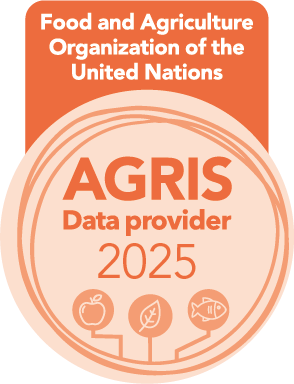Nutritional Iron Requirements and Deficiency
Nutritional Iron Requirements and Deficiency
DOI:
https://doi.org/10.54393/df.v1i02.13Keywords:
Iron requirements, Iron supplements, Iron DeficiencyAbstract
Deficiency of iron is a major cause for disability and mortality globally and it occurs due to non-absorption of iron from diet. Hence, the physiological requirements of human body cannot be met leading to various conditions of health concern such as gestational complications, poor pregnancy outcome, decreased educational and occupational performance. Usually, the dietary iron bioavailability is low in populations consuming vegetarian diet. This iron deficiency can cause several health and economic losses. At large, whole nation and country suffers as a consequence.
Iron requirements are at specified upward extent in adolescents, particularly during the rapid growth period [1]. Overweight children and adolescents are at higher risk of iron deficiency due to insufficient dietary intake of iron and use of those foods which are unbalance in nutrition [2]. Menstrual blood iron losses varies markedly from one woman to another but these losses are very constant for an individual from month to month [3]. Even in geographically widely separated populations of the world, the central part of the variation of menstrual blood losses is controlled genetically by fibrinolytic activators in the uterine mucosa. The variations in iron contents in different populations are related to a variation in the absorption of iron from the diets but not related to a variation in iron requirements [4,5].
Iron supplementation and flour fortification can control iron deficiency in populations. Governments should take initiatives by monitoring the health status of populations by adopting various methodologies and conducting surveys, follow ups and then providing fortified foods to deficient populations, taking special care of pregnant anemic women and devising a proper policy and guidelines in this regard.
References
Mendez Estrada, R. O., B. Pacheco, et al. Prevalence of iron deficiency and iron deficiency anemia in pregnant adolescents from northwest Mexico, 2007-2008. Arch Latinoam Nutr, 2009; 59(2): 147-151.
Pinhas-Hamiel, O., R. S. Newfield, et al. Greater prevalence of iron deficiency in overweight and obese children and adolescents. Int J Obes Relat Metab Disord, 2003; 27(3): 416-418. doi: 10.1038/sj.ijo.0802224
Hallberg, L., A. M. Hogdahl, et al. Menstrual blood loss--a population study. Variation at different ages and attempts to define normality. Acta Obstet Gynecol Scand, 1966; 45(3): 320-351. doi: 10.3109/00016346609158455
Rybo, G. and L. Hallberg. Influence of heredity and environment on normal menstrual blood loss. A study of twins. Acta Obstet Gynecol Scand, 1966; 45(4): 389-410.
Lee, R. K., C. C. Fan, et al. SERPINE2, an inhibitor of plasminogen activators, is highly expressed in the human endometrium during the secretory phase. Reprod Biol Endocrinol, 2011; 9: 38. doi: 10.1186/1477-7827-9-38
Downloads
Published
How to Cite
Issue
Section
License
Copyright (c) 2020 DIET FACTOR (Journal of Nutritional & Food Sciences)

This work is licensed under a Creative Commons Attribution 4.0 International License.
This is an open-access journal and all the published articles / items are distributed under the terms of the Creative Commons Attribution License, which permits unrestricted use, distribution, and reproduction in any medium, provided the original author and source are credited. For comments












